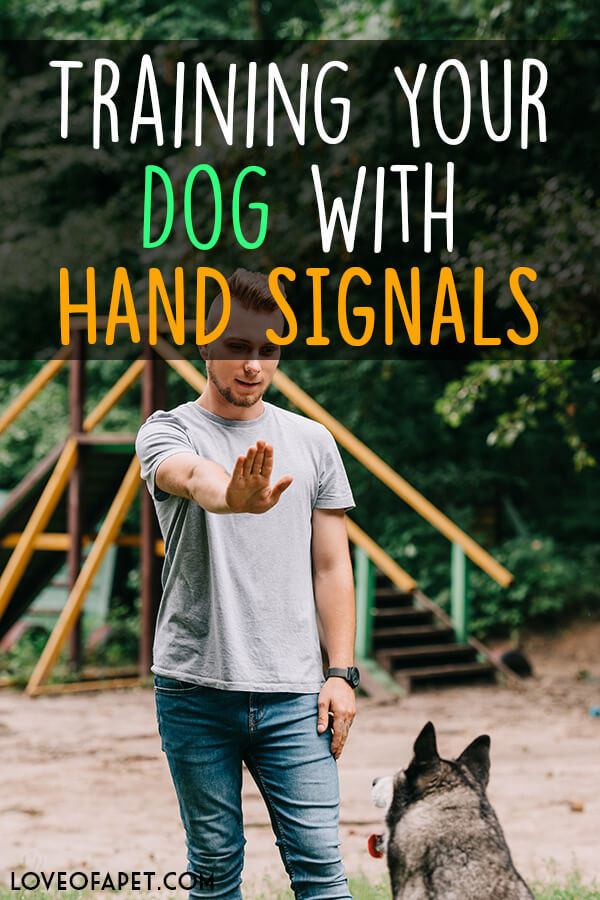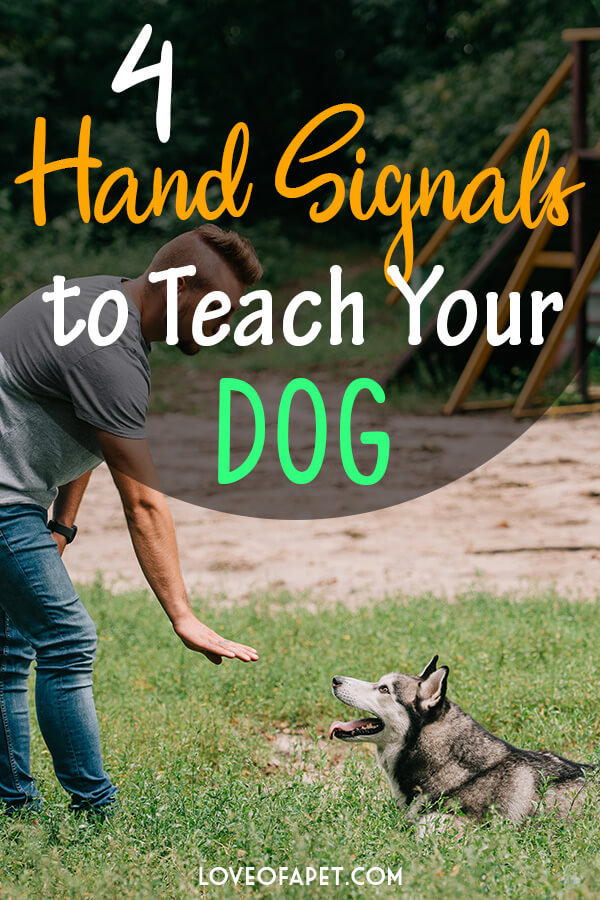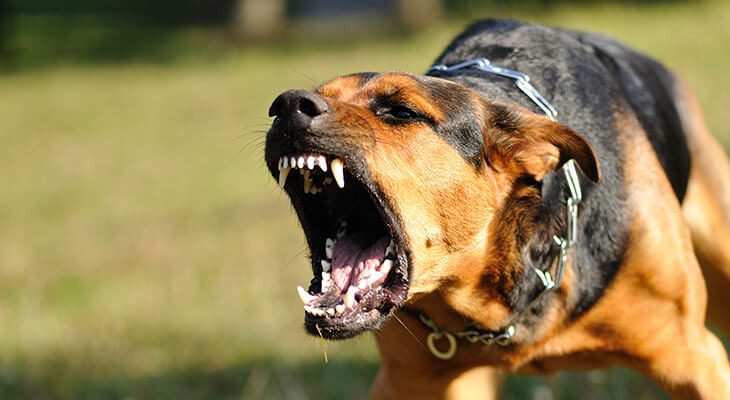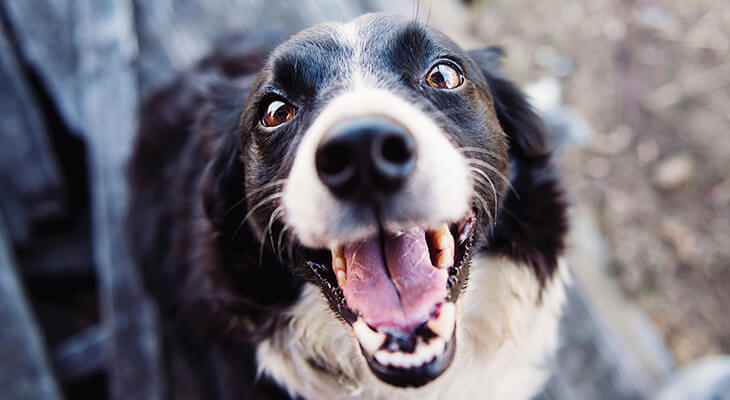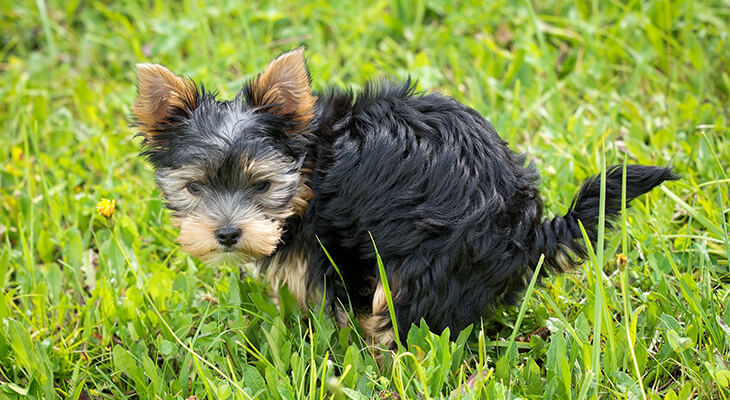Dogs are adorable and wonderful pets. But sometimes they can be frustrating, especially if they are not responding to your commands well.
Often, untrained canines can embarrass their owners and cause trouble. Fortunately, there is a number of methods that you can do to train your dog and one of which is hand signal training.
Hand signals can be utilized to train your dog. As a matter of fact, it is as simple to perform as verbal commands. Basically, it is a sign language in which you are going to use your hands to signal to your dog what you want him/her to do, for example, lie down and sit.
Dogs, on the other hand, are excellent when it comes to reading body language. Actually, many dogs find it easier to read body language than spoken language.
Moreover, hand signals are beneficial in different types of situations. For example, they are necessary for competitive dog sports or obedience. Also, they are easier to use.
Obviously, deaf pooches can’t respond to any spoken command. Thus, a hand signal lets their owners train them just like other dogs.
Wondering how you can train with hand signals? If so, then make sure to read this article until the end.
Contents
Getting Started
Before you start with the training, you need to get the attention of your dog first. Your pet should be able to see the hand signals clearly, so make sure that it is looking at you.
That being said, it is a good idea to introduce the training in an environment that is free from distractions. For example, you can go outside or go to a vacant room. The quieter the room is the better so that your dog’s attention will not be divided.
To get his/her attention, say the name of your dog, use a clicker, snap your fingers, or create other sorts of noise. Once it looks up, immediately proceed with the training.
Hand Signals That You Can Teach To Your Dog
1. Sit
Sit is the most widely utilized hand command for dogs. Often it is the very first training your pet receives. What’s more, the gestures are simple.
To teach your canine to sit, start with your dog standing in front of you. Then in your dominant hand, hold a dog treat.
Beginning with your hand by your side, lift your hand that holds the treat upward so that the nose of your dog will follow the movement of your hand, while his/her back will go to a “sit” position at the same time.
Once your dog sits, give the treat and give a positive verbal support. At this moment, your arm will be in the “SIT” position and your dog will start to relate the hand signal with the sitting behavior.
2. Down
One of the most useful and convenient commands that you can teach to your dog is DOWN. This command will make you and your dog’s life less stressful and more peaceful.
Here’s how to teach your dog the hand signal for down:
- Begin with your pooch sitting in front of you.
- Then hold a dog treat on his/her nose and move the treat to the ground little by little. When the treat touches the ground, with your dog sniffing or licking it, move it away slowly along the floor so that he/she has to lean forward and lower him/herself to the surface in order to reach it.
- It attempts to stand up to tail the treat, place your hand on its lower back to encourage him/her to stay in a sitting position so that he/she has to lie down.
- Once the chest of your dog touches the floor, give the treat.
- When your canine lies down consistently the moment you begin to move the treat to the floor, remove your treat from your tempting hand and put it behind your back. Then act that you’re still holding the treat and make the same movement to the floor just like what you did when you’re still holding the treat. Once your dog lies down, reward and praise your dog.
- Keep on practicing the tempting method until your dog can perform the command consistently.
3. Stay
This command will keep your dog calm when visitors are visiting and things are loud. If you want to teach the hand signal for “stay” to your dog, make sure to teach him/her “sit” and “down”. After that, proceed with the following steps below.
- With your pet in the right position, for a short time hold your hand out on his/her direction like a STOP sign, make sure that your palm faces your dog. If you’re also teaching the verbal command, say “STAY”, while holding your hand out.
- If your dog maintains the position, reward and calmly praise your dog. During the first sessions, it is best to give your dog a treat frequently. But as he/she improves, make sure to space your treats further apart. To familiarize this hand signal let your dog practice “sit” for 20 minutes and “down” for an hour.
If your pup didn’t follow your command don’t punish him/her, instead, hold your hand to him/her with your palm facing your dog. Then move towards your dog quickly, with your hand facing him/her to encourage him/her to do your command.
4. Come
Come is also one of the most significant commands that you can teach to your pet. In fact, it guarantees the safety of your dog in different situations as well as let him/her have more freedom.
Nevertheless, here’s how to signal your pup to come to you.
- Begin with your arm relaxed by your side.
- Then bend your elbow and lift your open hand to your shoulder. Do this movement quickly and lift your arm till the back of your hand is almost touching your shoulder.
- As you lift your arm with the reward in your arm, the attention of your canine will be hooked to the reward and come to you. By doing this repeatedly, your pet will associate this signal with the actions of coming to your place.
By the way, before you start with the steps, make sure that you move a little away from your pooch.
Tips for Teaching Dogs Hand Signals
- If you give any hand signal, wait for seven seconds to check if your dog can understand what you want him/her to learn. If he/she doesn’t obey you after seven seconds, say the verbal command as a clue.
- If your dog is not deaf and knows verbal commands, start by providing the hand signal as well as the verbal command.
- When your dog consistently performs the command when you give the hand signal and verbal command at the same time, rotate by giving the hand signal alone and the verbal command alone.
- As with other types of dog training, giving rewards and treats is very important. Keep in mind that clickers do not work.
Things to avoid when teaching your dog hand signals
There is a lot of mistakes people tend to make when training dogs with hand signals. So to make your training sessions more productive, then make sure to avoid these mistakes.
1. Combining hand signals and voice commands
When training hand signals, make sure that you separate it from verbal commands. As a matter of fact, your dog will get confused if you change between giving verbal commands and hand signals. Stick to one unit your pooch can do both without any hesitation.
Most of the time canines are familiar with verbal commands before learning hand signals. So, if this is the case, make sure to give your dog the hand signal first.
2. Punishing your canine
Further, avoid punishing your canine no matter how frustrated you are during training sessions. It is not okay to hit or yell at your dog. Physically punishing or yelling at your dog may cause him/her to fright you which may result in behavioral problems. But aside from that, your dog will learn to form an undesirable connection to hand signals.
3. Giving Up
Keep in mind that dogs learn at different leaps, thus you may possibly find that your pup needs more time to learn. So it might be luring to give up if your dog is not following you.
But instead of giving up, keep practicing with him/her. Eventually, yours will learn what hand signals mean and how to perform them in the right manner.
Conclusion
Training your dog using hand signals is rewarding and most importantly, very easy. This will not only give your canine the chance to strengthen his/her mental and physical muscles, but it will also strengthen your relationship with him/her.
Often, hand signals are just as simple as verbal commands. Some dog breeds may learn hand signals more rapidly than verbal commands.
Hopefully, this content has helped you a lot in teaching your dog with hand signals.
